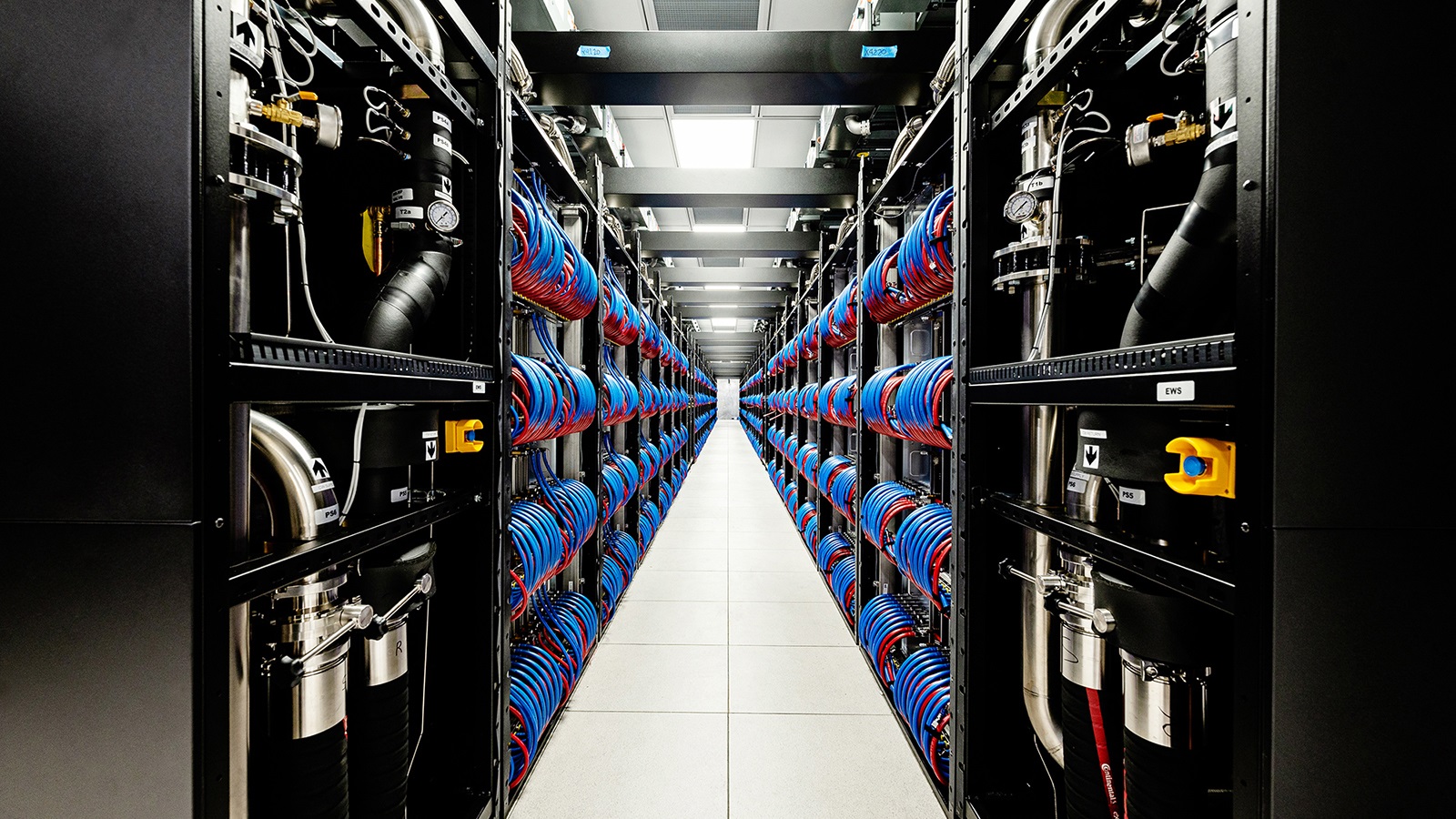Researchers at Pacific Northwest National Laboratory’s (PNNL’s) Energy Sciences Center (ESC) are studying heat changes to understand how chemical reactions progress over time and how energy changes affect reactions. They use specialized instruments called calorimeters, located within PNNL’s calorimetry lab.
“Calorimetry lets us see into the heart of reactions,” said Tom Autrey, a Laboratory Fellow at PNNL. “There are not many techniques that can provide this information in a single measurement, allowing us to gain greater insight into the energy landscapes defining chemical transformations. This insight is critical to developing a rational design to control how reactions respond to changes in their environment.”
These concepts of heat exchange are central to two important fields at the core of the ESC: energy conversion and energy storage.
“Changes in energy are at the heart of many important problems,” said Autrey. “We need energy for all chemical conversions, including those that will help us close the carbon cycle or develop non-carbon-based fuels. The more we understand about the energies at play, the more effective our research. Calorimetry is central to our ability to study reaction energies.”
The ESC lab includes a special calorimeter known as “The Flipper,” which physically rotates to allow solids, liquids, and gases to effectively mix. Other instruments are suited to different combinations of solids, liquids, and gases, providing researchers with a full suite of tools.
Storing hydrogen in materials
Hydrogen is an exciting option for non-carbon fuels and the target of the Department of Energy’s “Hydrogen Shot,” announced in 2021. Realizing these hydrogen production goals will present an additional problem: how to manage all the hydrogen, which is extremely challenging to store and transport in its pure form.
New research, sponsored by the Department of Energy’s Office of Basic Energy Sciences and led by Autrey, is exploring how to effectively store hydrogen in chemical bonds with stable materials. The group previously explored storing hydrogen in molecules and is now applying their approach to 2-D carbon, boron, and nitrogen (CBN) materials. The CBN materials are lightweight, durable, and have the potential for large-scale production. The team will explore how altering the surface of the CBN materials affects their ability to interact with hydrogen.
Ideally, any sort of hydrogen storage material needs to sit in a goldilocks zone of adsorption. It should bond strongly enough with hydrogen to stay stable but loosely enough to release the hydrogen when needed. The team plans to use the calorimeters to identify the all-important energies of the storage and release reactions. The ability to study systems that are a mixture of phases—solid, liquid, and gas—is essential to their success. The capabilities of the calorimetry lab will help the team understand and tune the bonding between hydrogen and the materials.
The project is in the early stages but represents a promising direction for work in the calorimetry lab. “Research into hydrogen storage is essential to a carbon-neutral future,” said Autrey. “Our new work is exciting, taking previous expertise from our group and combining it with PNNL materials science leadership. Having the entire team and capabilities under one roof in the ESC makes collaboration easier, accelerating our progress through more frequent interactions and the co-location of synthesis, spectroscopy, and calorimetry labs.”
Using calorimetry to study hydrogenation
In addition to its potential as a fuel, hydrogen is central to many chemical transformations, including converting biomass into fuels or feedstocks and re-using plastics. Researchers working in the calorimetry laboratory are exploring the energies behind hydrogenation, a chemical reaction that adds hydrogen to different molecules.
“Hydrogenation is a fundamental catalytic reaction,” said Chemist Abhi Karkamkar. “The better we understand all aspects of the reaction, the more effectively we can design new catalysts.”
###
About PNNL
Pacific Northwest National Laboratory draws on its distinguishing strengths in chemistry, Earth sciences, biology and data science to advance scientific knowledge and address challenges in sustainable energy and national security. Founded in 1965, PNNL is operated by Battelle for the Department of Energy’s Office of Science, which is the single largest supporter of basic research in the physical sciences in the United States. DOE’s Office of Science is working to address some of the most pressing challenges of our time. For more information, visit https://energy.gov/science. For more information on PNNL, visit PNNL’s News Center. Follow us on Twitter, Facebook, LinkedIn and Instagram.



